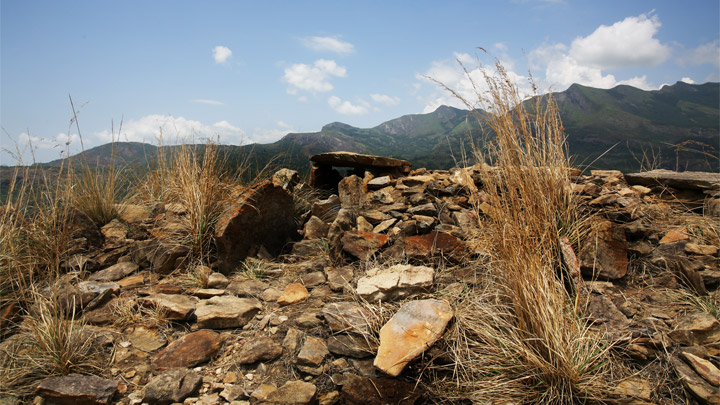Enchanting Kerala

Tracing the Rocky Remains
Marayur, a quaint town is a treat to one’s senses in every respect. Not only is it home to the renowned Marayur Jaggery, but it is also the only place in Kerala that has natural sandalwood forests.
Home to more than a 1000 species of flora, Marayur is a well-known repository of medicinal plants. Mountains, forests, brooks, paddy fields, waterfalls, rocky hills, sholas and hamlets all make Marayur a land worth seeking out.
But that is not all.
The mild wet winters and hot dry summers of this land have preserved for over a thousand years a stone clad secret deep in its bosom.
The jungles and hillsides of Marayur are dotted with remnants of Dolmenoid cists called muniyaras (burial chambers) belonging to the Megalithic age.
A much sought out destination for anthropologists and archaeologists across the world, muniyaras are believed to be burial chambers made of four stones placed on edges and covered by a fifth one called the cap stone. Some of these Dolmenoids contain several burial chambers, others have a quadrangle scooped out in laterite and lined on the sides with granite slabs. These are also covered with capstones
Contrary to this belief a segment of the tribals who have been inhabitants of the forests way before civilization reached these parts believe that the muniyaras are homes of mankind from the Stone Age.
Chunks of history as old as mankind itself, we may spend many more years formulating theories and ideas regarding what muniyaras really were. The mountains that tower over the land and the winds that blow were witness to the secret we, mere humans, try to unravel.
Who knows, like how the rains and winds unearthed the muniyaras for us years ago, maybe, just maybe, in due course of time Nature may conspire to satiate our curiosity. Until then, Marayur shall guard its stone clad secret.






